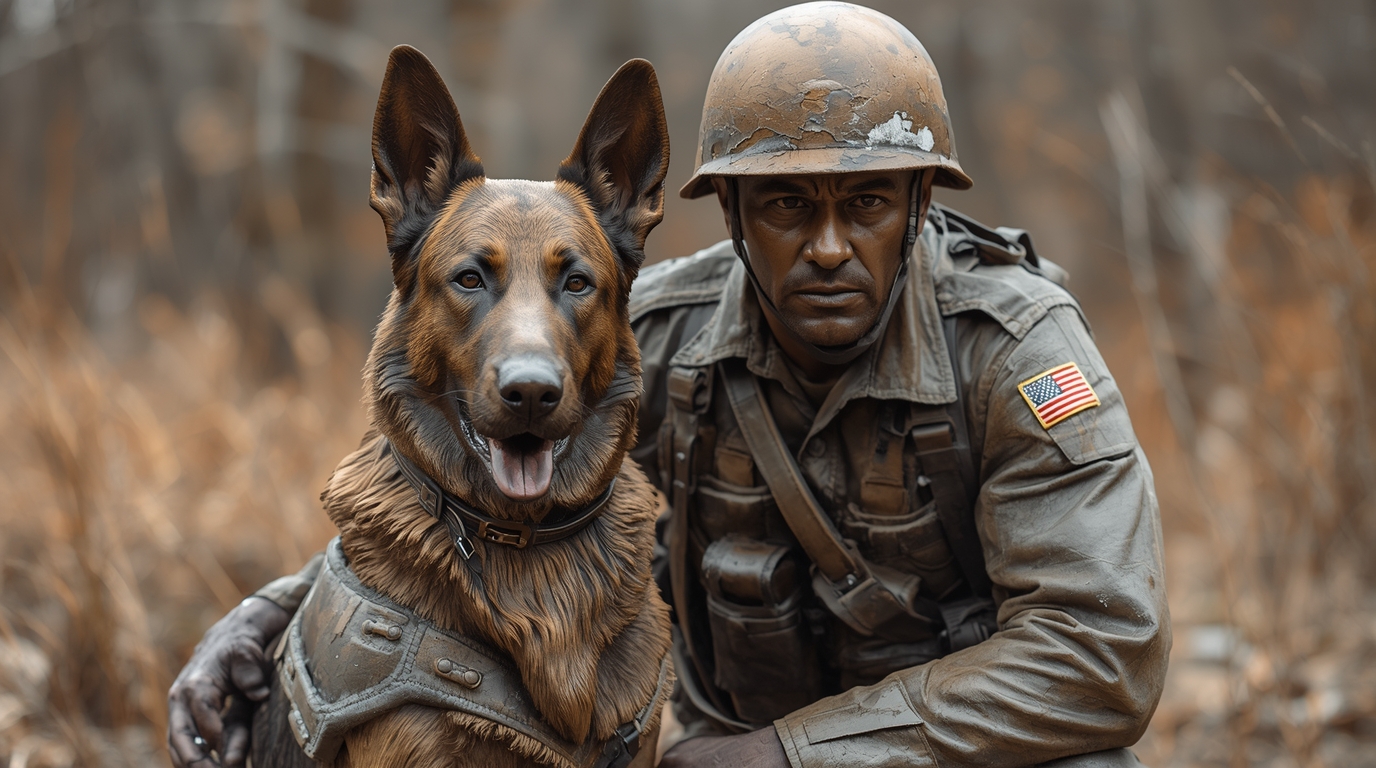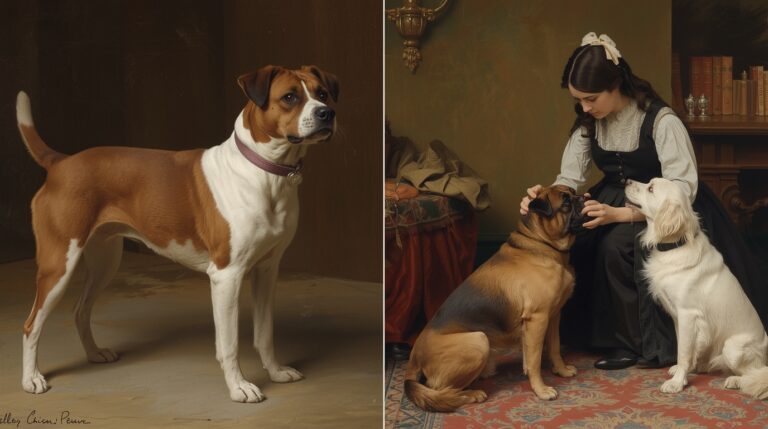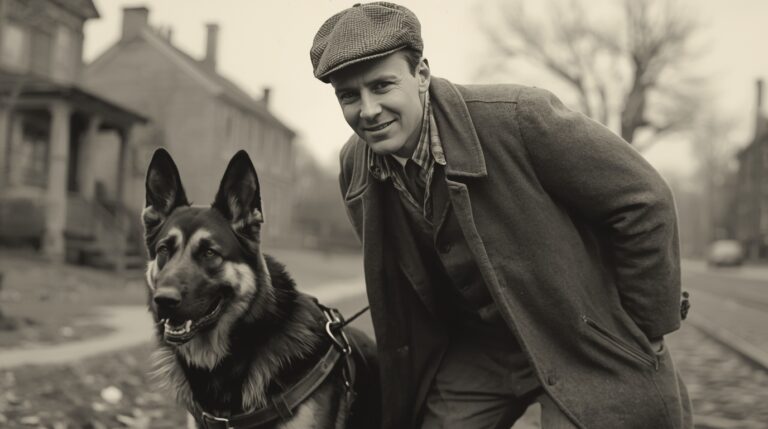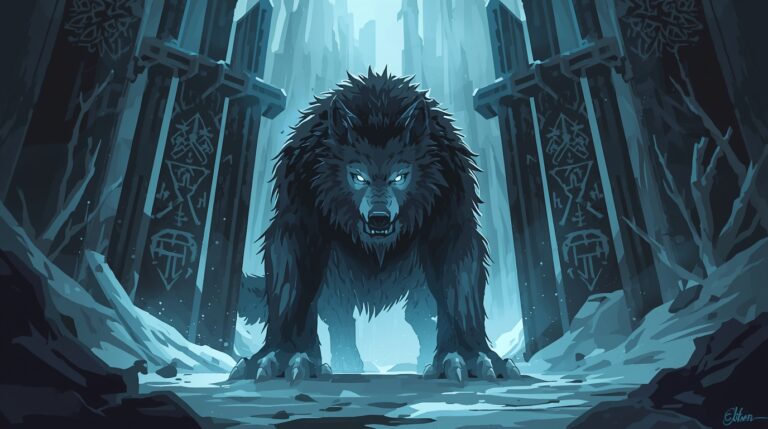War Dog Memorials and Recognition

Introduction to War Dog Memorials
War dog memorials are enduring testaments to the loyalty, bravery, and sacrifice of military working dogs (MWDs) across global conflicts. These statues, plaques, and ceremonies serve as public acknowledgments of their essential roles in saving human lives, detecting dangers, and serving under fire. While often unsung in traditional military history, war dogs have become recognized as true combatants deserving of honor and remembrance.
Brief History of Military Working Dogs
Dogs have accompanied soldiers into battle for millennia. From the Molossian hounds of the Roman Empire to the trench dogs of World War I, they’ve carried messages, detected explosives, and fought alongside their human partners. In modern warfare, especially from World War II through Iraq and Afghanistan, dogs have served in roles ranging from mine detection to search and rescue. Over time, the evolution from utility to recognized heroes has shaped how societies commemorate these four-legged warriors.
Understanding War Dog Recognition
Recognition of war dogs typically falls into two categories: operational commendations and post-service memorials. Dogs that show extraordinary service may be awarded medals, but memorials and statues offer lasting tributes to entire K9 units or individual canines. To qualify for formal recognition, a dog often must demonstrate life-saving acts, contribute to successful operations, or be killed in the line of duty. Unlike traditional soldiers, dogs were once seen as equipment, making memorialization a significant shift in cultural attitudes.
Statues and Monuments in the United States
In the U.S., several prominent war dog monuments have been constructed to celebrate the contributions of canines in conflict. The Vietnam Dog Handler Memorial at Fort Benning, Georgia, stands out as a solemn tribute featuring a bronze handler and his German Shepherd, honoring the over 4,000 dogs and 10,000 handlers who served in Vietnam.
Another important site is the United States War Dogs Memorial in Holmdel, New Jersey, established by the United States War Dogs Association (USWDA). This memorial showcases the deep bond between dog and handler, immortalized in bronze.
California’s March Field Air Museum features the War Dog Memorial, displaying a life-size sculpture of a military working dog in full combat gear, a visual reminder of their battlefield utility and sacrifice.
Notable Memorials Around the World
War dog memorialization is not confined to the United States. In Australia, the Australian War Animal Memorial Organization honors animals—including dogs—who have served the military. The Animals in War Memorial in London, UK, features dogs, horses, and pigeons, with an inscription that reads, “They had no choice,” emphasizing the silent heroism of animals in war.
In Russia, a relatively new Working Dog Memorial showcases the legacy of Russian military dogs, especially those involved in WWII and Chechen conflicts. These international memorials contribute to a global movement of military canine recognition.
Famous Military Dogs Immortalized
Several individual war dogs have been immortalized through memorials, medals, and media tributes. Sergeant Stubby, a World War I Boston Terrier, is perhaps the most famous. He served in 17 battles, warned of gas attacks, and even captured a German soldier. His remains are now preserved at the Smithsonian Institution, and he has inspired books and films.
Another legendary dog is Lucca, a U.S. Marine Corps dog who served in Iraq and Afghanistan. After losing a leg in an IED blast, Lucca was retired and awarded the PDSA Dickin Medal, often referred to as the animal equivalent of the Victoria Cross.
Nemo A534, the Vietnam War hero dog, defended his injured handler and held off enemy combatants after being shot in the eye. Nemo is memorialized at Lackland Air Force Base, home of the DoD Military Working Dog Program.
Dog Handler Tributes
Many memorials focus not just on the dogs, but also on the deep bond between handlers and canines. Statues often depict both the soldier and the dog side by side, as seen in Fort Benning and Holmdel. These dual tributes recognize the partnership of trust and interdependence that develops under fire.
Handlers often participate in unveiling ceremonies, deliver speeches, and even fundraise for these memorials. Emotional reunions, adoptions post-service, and commemorative tattoos reflect how deeply handlers value their canine companions.
War Dog Cemeteries
Beyond statues, war dog cemeteries offer a final resting place for canine veterans. The most notable is the National War Dog Cemetery in Naval Base Guam, where military dogs from the Pacific theater of WWII are buried under a prominent monument titled “Always Faithful.”
Other smaller cemeteries exist within military bases, but recognition varies by branch and country. Increasingly, cremation and funeral services for dogs mirror those of human veterans, including flag ceremonies and 21-gun salutes.
Canine Awards and Decorations
While many dogs receive medals posthumously, some are honored during their service. The UK’s Dickin Medal, created in 1943 by Maria Dickin, is awarded for animal gallantry in war. Dogs like Lucca and Diesel (a French police dog killed in a terrorist raid) have received this honor.
In the U.S., dogs may receive Certificates of Meritorious Service, Combat Action Ribbons, and custom military dog tags. Although unofficial, these honors represent real appreciation by units and commanders.
Public Ceremonies and Dedications
Many memorial unveilings are public events, drawing military families, veterans, civic leaders, and animal lovers. These ceremonies often include K9 demonstrations, speeches by handlers, and moments of silence.
For example, K9 Veterans Day on March 13 is observed across various states with flag-raising events, wreath layings, and school programs educating youth on the role of dogs in war. Local governments sometimes sponsor permanent displays at city halls, public parks, or veterans memorials.
The Role of the United States War Dogs Association (USWDA)
The USWDA is the leading nonprofit advocating for war dog recognition in America. It was instrumental in founding the War Dog Memorial in New Jersey, and actively works to rescue retired MWDs, support K9 handler adoptions, and educate the public on military dog history.
They also maintain a K9 tribute wall, organize annual reunions for handlers and their dogs, and fund memorial construction and upkeep. Their efforts have significantly elevated the status of MWDs within the national memory.
Legislation and Government Recognition
Over the past two decades, U.S. Congress and various state legislatures have passed bills recognizing military dogs as more than equipment. The National Defense Authorization Act of 2000 allowed MWDs to be adopted post-service, a pivotal change from the Vietnam era.
States like Texas and California have designated Military Working Dog Days, and some bills have earmarked funds for memorial construction. These legal moves help institutionalize war dog recognition, ensuring they are remembered beyond public ceremonies.
also read this Dogs in Warfare and Service
Media and War Dog Recognition
Popular media has played a significant role in the growing recognition of war dogs. Films like “Max”, based loosely on real MWDs, and documentaries such as “War Dogs of the Pacific” have brought these animals into the public consciousness.
Books like “Soldier Dogs” by Maria Goodavage and biographies like “Lucca: The War Dog” have sold thousands of copies and inspired further interest in canine military history. Media portrayals often emphasize loyalty, sacrifice, and emotional courage, further fueling demand for memorialization.
Public Engagement Through Donations and Fundraisers
Many war dog memorials are built through private donations. Veterans’ groups, handler associations, and civic organizations often collaborate on fundraising campaigns, bake sales, marathons, and online crowdfunding.
Memorials like the one in Holmdel, NJ, were made possible by thousands of small donors and grassroots advocacy. These campaigns not only raise funds but also raise awareness about the role of dogs in national defense.
Digital Memorials and Online Tributes
In the digital age, many handlers and families create online memorial pages, complete with photos, service details, and tribute messages. Websites like K9 Hero Haven, War Dog Memorial Foundation, and USWDA.org maintain searchable databases of fallen and retired MWDs.
Social media campaigns around holidays like Veterans Day and Memorial Day feature dog tributes that reach millions. Hashtags like #K9VeteransDay and #WarDogHero continue to trend annually.
Memorial Design and Symbolism
The design of war dog memorials is loaded with symbolic meaning. Dogs are often depicted in a watchful posture, ears up and ready—symbolizing eternal vigilance. Others show the dog at rest with a handler’s hand on its head, representing peace after battle.
Some memorials use plaques etched with names, missions, or quotes, such as: “In war they served. In peace they are remembered.” These design elements enhance emotional impact and communicate values of courage, loyalty, and remembrance.
Ethical Considerations in War Dog Commemoration
Critics argue that if dogs are recognized posthumously, they should be better protected during service. Organizations like PETA advocate for the banning of dogs in direct combat roles, while others push for enhanced medical care, retirement pensions, and faster adoption pathways.
The contradiction between honoring fallen war dogs and treating active MWDs as equipment is a topic of ongoing ethical debate. Many advocate that true recognition includes lifetime support, not just symbolic tribute.
Challenges in War Dog Recognition
Despite increased awareness, several obstacles remain. Military bureaucracy, funding limitations, and classification issues hinder the building of memorials and public awareness campaigns. Each branch of the military has different policies on dog honors, leading to inconsistency in recognition.
Furthermore, many Vietnam-era handlers still fight for retroactive memorials or proper grave markers for their dogs—efforts that continue today with legal and fundraising campaigns.
Changing Attitudes Over Time
The perception of military dogs has shifted dramatically. In World War I and II, they were primarily tools. By the Gulf War and beyond, they became recognized as partners. The stories of dogs like Lucca, Cairo, and Nemo helped humanize their role, and the shift from equipment to veteran status is now reflected in both policy and public sentiment.
Future of War Dog Memorials
With greater advocacy, more memorials are planned across the U.S. and internationally. 3D scanning and holographic exhibits are under development for interactive military museums, offering immersive experiences into canine contributions.
Online memorial platforms are evolving into educational databases, supported by universities, military history departments, and dog training institutions. The future of war dog recognition lies in blending traditional monuments with modern technology for maximum impact and reach.
Conclusion
War dog memorials represent more than artistic tributes—they are societal acknowledgments of unwavering service, loyalty, and sacrifice. From Vietnam jungle patrols to IED detection in Iraq, military dogs have saved lives, completed missions, and formed unbreakable bonds with their handlers. As public awareness grows, so does the responsibility to honor them fully—not just in death, but throughout their lives. Through statues, stories, and legislative action, these canine heroes are finally receiving the recognition they so deeply deserve.





